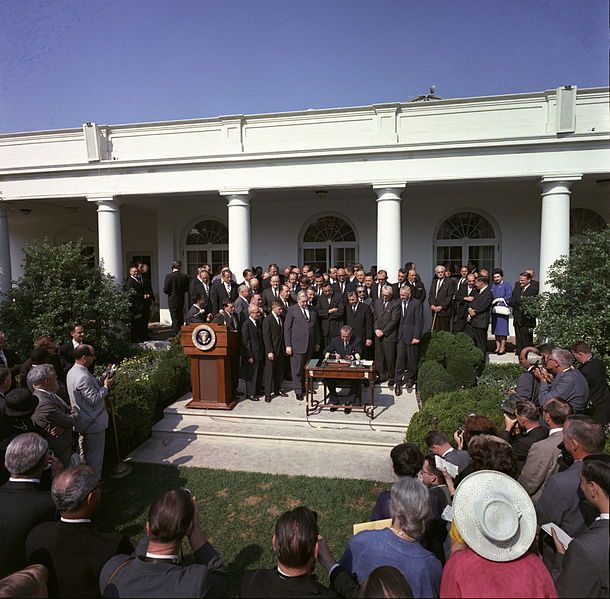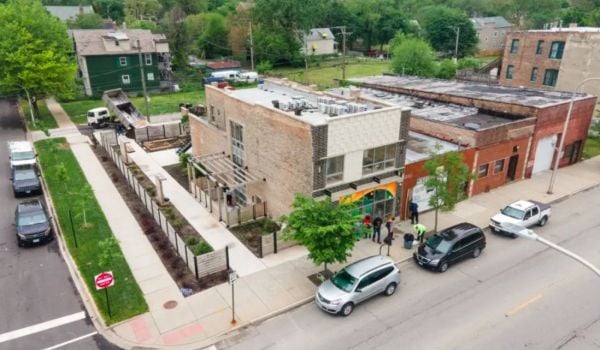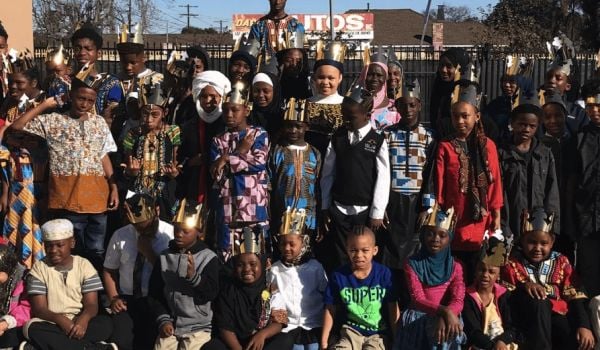Fifty years ago today, during his State of the Union address, President Lyndon B. Johnson declared “unconditional war on poverty in America.” This war was to be waged primarily through federal legislation. An array of bills and acts resulted in the creation of programs such as food stamps, Head Start, Medicare, Medicaid and work-study. Today, these programs make for the basis of a contentious, and often divisive, national debate about how Americans live and what we as a society envision as the rights of the most vulnerable among us.
Some politicians argue that poverty has categorically won Johnson’s war, and that the federal programs he brought into existence further exacerbate poverty by disincentivizing work. On the other side of the debate, many assert that poverty would actually be much worse without these programs. Indeed, a December study by Columbia University researchers found that, were it not for the safety net, the national poverty rate would be close to 31 percent — higher than the 25 percent rate in 1967. Instead the study shows that, largely as a result of government transfer programs, poverty has fallen by nearly 40 percent since the 1960s. Despite such gains, it is clear that we have a long way to go.
Today, nearly one in six people, or 46.5 million Americans, live below the official poverty line. Recently, President Obama gave a speech that reflected on LBJ’s vision, focusing his remarks on the threats that growing inequality and lack of upward mobility pose to our place in the world, as well as our economy, democracy and way of life. He emphasized that the Federal Government has a vital role to play in ensuring that every child has a fair chance at success. But he also recognized that we cannot legislate pervasive poverty and inequality away, and he is right.
The United States of 2014 is not the United States of 1964. President Obama’s recent pledge to make inequality the overarching priority of the rest of his term is sure to be tested, as evidenced by vigorous efforts in the past few weeks to roll back food benefits. Meanwhile globalization, the Internet and other technological advancements have fundamentally changed the world. As the nation transitioned from the center of the world’s economy to being a player in a truly global one, income inequality and stagnation has increased. We have failed to keep pace with the rapid rate of change in terms of how we prepare citizens to meet the opportunity of the present and the future, and how we create that opportunity. In a nutshell, the root of the problem is education and jobs.
Compounding these issues, and the urgency with which they must be addressed, is the country’s imminent demographic transformation from majority white, to majority non-white. This shift means that when we talk about race as a long-acknowledged barrier to opportunity, we now talk about it as an obstacle for a soon-to-be majority of our citizens. If we don’t take steps now to accelerate the pace of change, that majority will be significantly less educated and more impoverished than the current majority — certainly not a model for the leader of the free world.
Unlike in 1964, today’s War on Poverty is about bringing the American ideals of opportunity, shared prosperity and social mobility to the majority of the country, not just to the few who have been left behind. It is time to think not about how to declare an end the War on Poverty and walk away from the programs that we have spent the last half-century developing, but rather how to develop tools suited for today’s battles.
- Focus on cities. The 1964 War on Poverty was largely a federal war, using federal mechanisms. Today, the federal government is shrinking and urban areas, home to a vast majority of the population and generator of 80 percent of the nation’s G.D.P, must take the lead. Promisingly, we are seeing a new generation of political and civic leadership rising to this challenge. Mayors, in places as diverse as New York, Louisville and San Antonio, are positioning their cities for the future by being more collaborative, data-driven and focused on leveraging public resources to transform systems. In many cities, leaders are building a more resilient civic infrastructure wherein government, philanthropy, the non-profit sector and the business community can come together to attack seemingly intractable problems. In San Francisco, for example, the mayor, CEO of the San Francisco Foundation, superintendent of the San Francisco public schools, president of the Chamber of Commerce and publisher of the San Francisco Business Times are all active participants in HOPE SF, a long-term collaboration to battle poverty for the city’s most vulnerable citizens.
- Re-engineer education. Preparing people to engage in a 21st-century workforce is central to the nation’s economic vitality and to ending intergenerational poverty. While the 1964 War’s income supports are essential, we must ensure that people have access to quality education and training that provide sustaining wages, benefits and ladders of growth. To date, most efforts to fix education have been piecemeal, focusing intensively on improving 3rd-grade reading levels, for example, and ignoring sinking high school graduation rates. StriveTogether — founded in Cincinnati and Northern Kentucky in 2006 — has taken a very different approach. Strive brings private, public, philanthropic and non-profit leaders together to agree upon definable goals in each stage of development, from cradle to career. They then use real-time, annual data on outcomes to coordinate action and align their collective dollars to hit the targets. In just six years, they have moved the needle, including a 13 percent increase in school readiness, a 16 percent increase in 4th-grade reading levels, and a 7 percent increase in college enrollment. This framework has now been adopted by 80 cities nationwide. Married with other disruptive trends and technologies, this movement has extraordinary potential to produce significantly better outcomes.
- Re-think what it means to connect people to opportunity. There was a time when it was expected that people would access opportunities, like jobs and education, in close proximity to where they lived. We thought that if we could just turn around a limited number of neighborhoods, we could win the War on Poverty. But today, the geography of opportunity has expanded. Physical accessibility and affordability are cornerstones of opportunity. People traverse cities and counties in order to get an array of essential products and services such as education, jobs, housing and childcare. We must think about “connect” systems — from public transit, to car and bike sharing, to broadband — in this context. Cities such as Minneapolis and St. Paul are already thinking in this way: In that region, five local and state funding streams have been permanently redirected to allow for the build-out of a light rail transit system that serves as a focus for expanding access to jobs, affordable housing and essential services for residents of all incomes and backgrounds.
- Create jobs that provide people with sufficient income and assets. The income and assets levels of low-income people, especially those of color, have been stagnant or falling for more than 30 years. Although some of that is due to a lack of preparedness for the changing job market, in many places better-paying jobs in manufacturing have been off-shored or downsized. Our urban regions must dramatically improve their ability to align emerging business clusters, government programs and incentives, lenders, universities, community colleges, philanthropy and professional services companies to grow businesses and create jobs with a large ‘multiplier effect’ beneficial to middle-skilled workers. Contrary to popular belief, Detroit is on the vanguard of this approach, stimulating the entrepreneurial culture, removing barriers to business and leveraging the strengths of the existing business community.
Re-engineering systems so that they create opportunity, preparing people for 21st-century jobs, and connecting people to essential products and services is a complex undertaking with no existing solution. But this is what we must do if we are to tackle poverty, inequality and mobility. We have not won the War on Poverty, but it is not yet lost. Cities are at the front lines, and the innovation brewing in them offers great hope for the future.
Ben Hecht is president and CEO of Living Cities.
















